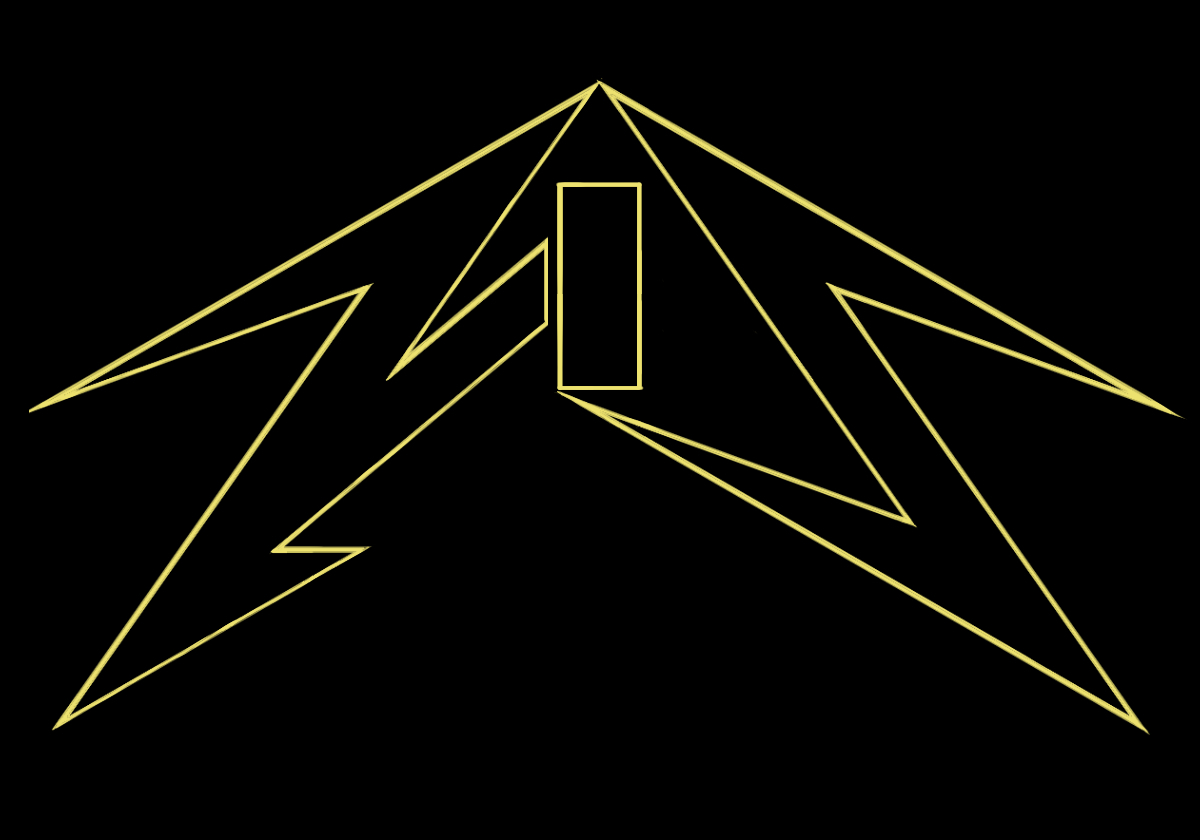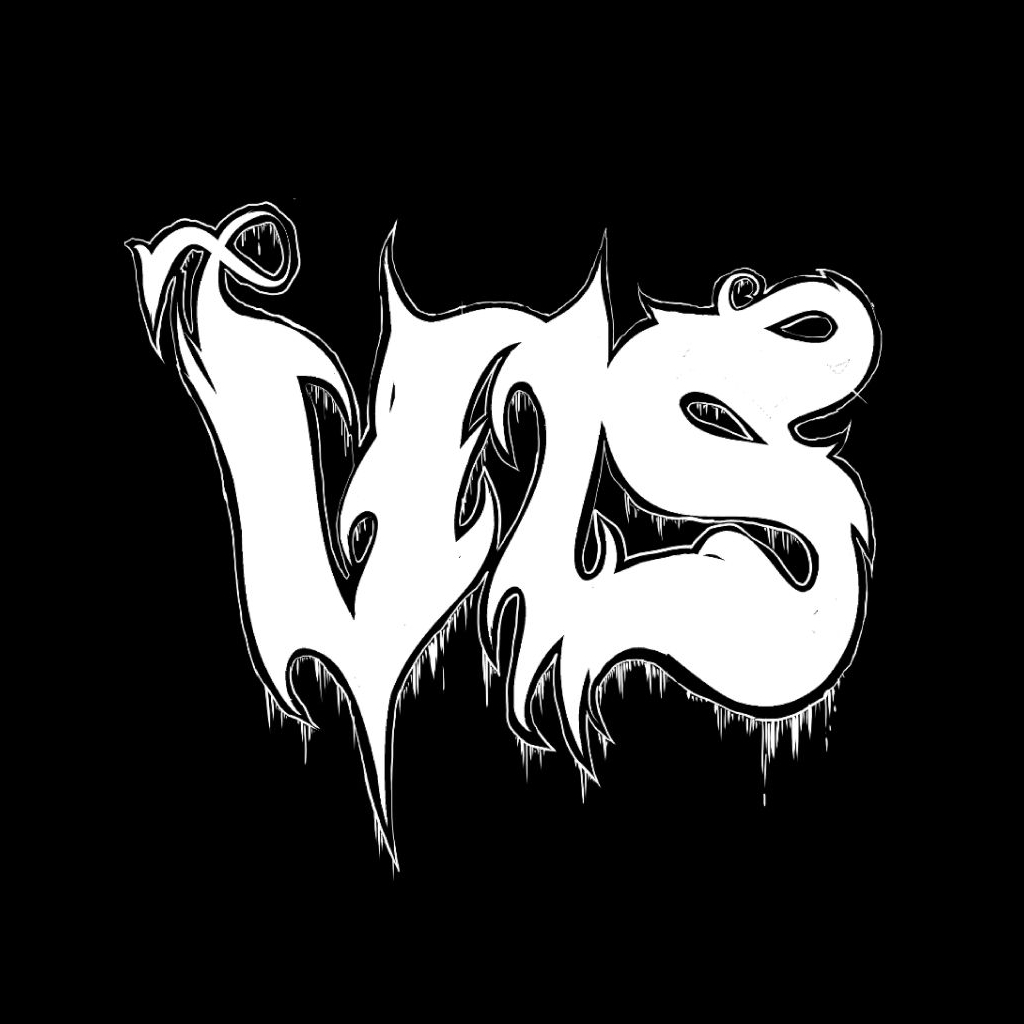Thrash Metal
Abrasive. Loud. Extremely fast yet still precise, with impeccable sense of timing. If judging by these words alone, it may sound like I’m describing a Dutch olympian – a speed skater or a cyclist, perhaps. But we’re talking music, aren’t we? I’m talking Thrash Metal, of course, which means I’m talking yet another extreme subgenre of Heavy Metal.
Of course, Thrash Metal has its own aesthetics, too. Generally speaking, Thrash logos tend to have straight, sharp edges that reflect the tightness and controlled nature of the music’s rhythms.4 (You know, tight and controlled … like a murderer carving their name in a victim’s chest.5 Don’t give me that look. How else is one supposed to purify Metal from commercialism?) Indeed, some exceptions aside, there is no softness to be found in them whatsoever – there is only hardness.
Bay Area Thrash

If we are to distinguish among US Thrash Metal bands and we continue differentiating, then the early-1980s San Francisco Bay Area scene surely deserves some attention from everyone! What’s interesting here is that the aesthetics of said scene were largely characterized by a “do-it-yourself” ethos, as opposed to the aesthetics of the then already established Metal bands who often used established fonts for their logos (see Iron Maiden, for example).6 Arguably the most famous example of this is Metallica’s logo that was drawn up by none other than James Hetfield himself. This may be why certain US Thrash logos, or part of these logos, look a bit off; because they were not always done by trained graphic designers who are familiar with rulers and with drawing and measuring segments.
Another thing to point out here is that in Bay Area Thrash logos you can often find a juxtaposition of straight lines with round shapes or straight lines against curved lines. To refer back to the example of Metallica’s logo, the C is rounded, but the first and last letters are sharp and italicized.
Some Bay Area Thrash bands to check out:
- Death Angel
- Exodus
- Testament
Related (sub)genre(s):
Take me back to the sample overview.
Reference(s):
[1] M.A. Mengerink. Hitler, the Holocaust, and Heavy Metal Music: Holocaust Memory and Representation in the Heavy Metal Subculture, 1980-Present. In S.T. Horsfall, J.-M. Meij, and M. Probtsfield, ed. Music Sociology: Examining the Role of Music in Social Life, pp. 178-179, 2013.
[2] D. Konow. LA Weekly: Drummer Gene Hohlan Was Just 18 When He Recorded an ’80s Thrash Classic. https://www.laweekly.com/drummer-gene-hoglan-was-just-18-when-he-recorded-an-80s-thrash-classic/, 2017.
[3] Mengerink. 2013.
[4] L. Stinson. Wired: The Beauty and Total Illegibility of Extreme Metal Logos. https://www.wired.com/2015/10/the-beauty-and-total-illegibility-of-extreme-metal-logos, 2015.
[5] D. Lombardo. Loudwire: Dave Lombardo - Wikipedia: Fact or Fiction? https://www.youtube.com/watch?v=LKppPspVNDs, 2015.
[6] J. Kaz. IGN: The Best Band Logos: Iconic emblems that put a visual spin on the rock. https://web.archive.org/web/20100324191426/http://music.ign.com/articles/941/941142p1.html, 2009; R. Henderson. Billboard: View From the Bridge: Diverse Sounds Connect a Music-Rich Town, 14. apr. 2001; and J.K. Davies. BandLogoJukeBox: Iron Maiden. https://www.bandlogojukebox.com/blog/2020/11/29/i2-iron-maiden, 2020.
Take me back to the sample overview.

